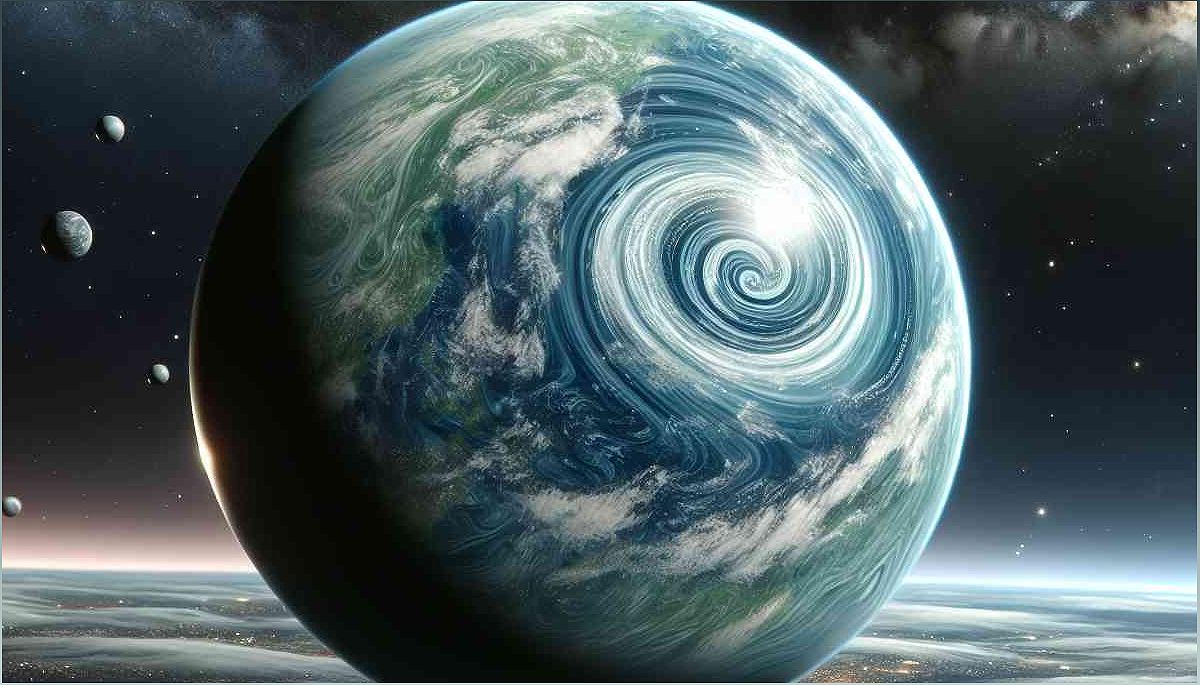Embark on a cosmic journey as we delve into the scientific endeavors and philosophical implications of discovering Earth-like planets. Join me, Jennifer Smith, a former NASA scientist, as we explore the quest beyond our cosmic shoreline and seek potential havens for future generations.
The Quest for Earth-like Planets
Explore the profound journey of discovering Earth-like planets and the implications it holds for our understanding of the universe.
Humanity's perennial quest to find a planet similar to our own Earth goes beyond mere curiosity. It is a profound journey that seeks to understand our place in the vast universe and discover potential havens for future generations. As a former NASA scientist, I invite you to join me on this cosmic exploration as we delve into the scientific endeavors and philosophical implications of discovering Earth-like planets.
What exactly defines an 'Earth-like' planet? It is a term used to describe exoplanets, which are planets that orbit stars outside our solar system. These exoplanets share key characteristics with Earth, such as a rocky composition, location in the habitable zone, and an atmosphere that could potentially support life as we know it.
Astronomers employ various methods to detect and study these distant worlds. The transit method, used by telescopes like NASA's Kepler and TESS, observes the slight dimming of a star as a planet passes in front of it. The radial velocity method measures the wobble of a star caused by the gravitational pull of an orbiting planet. These methods have contributed to our growing catalog of exoplanets.
The Boundaries of Science and Philosophy
Uncover the philosophical implications and existential ponderings surrounding the search for Earth-like planets.
The search for Earth-like planets goes beyond the realm of pure science. It taps into our philosophical and existential ponderings about our uniqueness in the cosmos. The discovery of another Earth-like planet challenges our anthropocentric view of life and our role in the universe.
Imagine the implications if we were to find another planet that shares the same characteristics as Earth. It would force us to question our place in the grand scheme of things and confront the possibility that life may exist elsewhere in the universe. This cosmic pursuit not only satisfies our scientific curiosity but also stirs our imagination and innate desire to explore the unknown.
The Challenges of Finding Earth Twins
Delve into the formidable challenges faced in the search for true Earth-like planets.
Despite significant technological advancements, finding a true Earth twin remains a formidable challenge. We must refine our ability to analyze exoplanet atmospheres, understand their geology, and eventually identify potential biosignatures, which are indicators of life.
Future missions like the James Webb Space Telescope (JWST) and the European Space Agency's PLATO hold promise in enhancing our understanding of exoplanets. These missions will peer deeper into space and time, providing clearer insights into these distant worlds.
The Cosmic Mirror and Our Place in the Universe
Reflect on the profound implications of discovering another Earth-like planet and its impact on our perspective of life in the universe.
In our search for another Earth, we are not only seeking a new home or answering scientific queries. We are also searching for a cosmic mirror that reflects the possibilities of life's existence elsewhere in the vast cosmos.
Discovering another Earth-like planet challenges our perception of uniqueness and forces us to confront the idea that life may be more abundant in the universe than we previously thought. It expands our understanding of our place in the grand tapestry of the cosmos and ignites our imagination about the potential for future generations to find havens beyond our own planetary shores.

